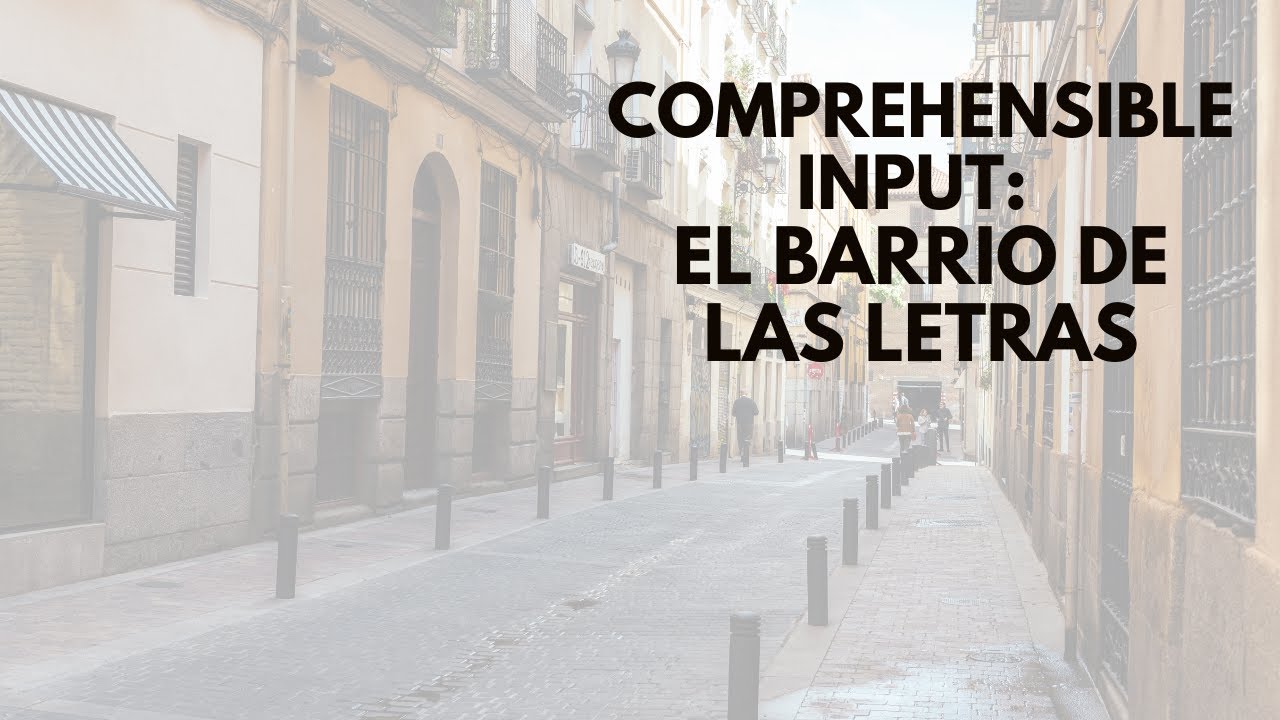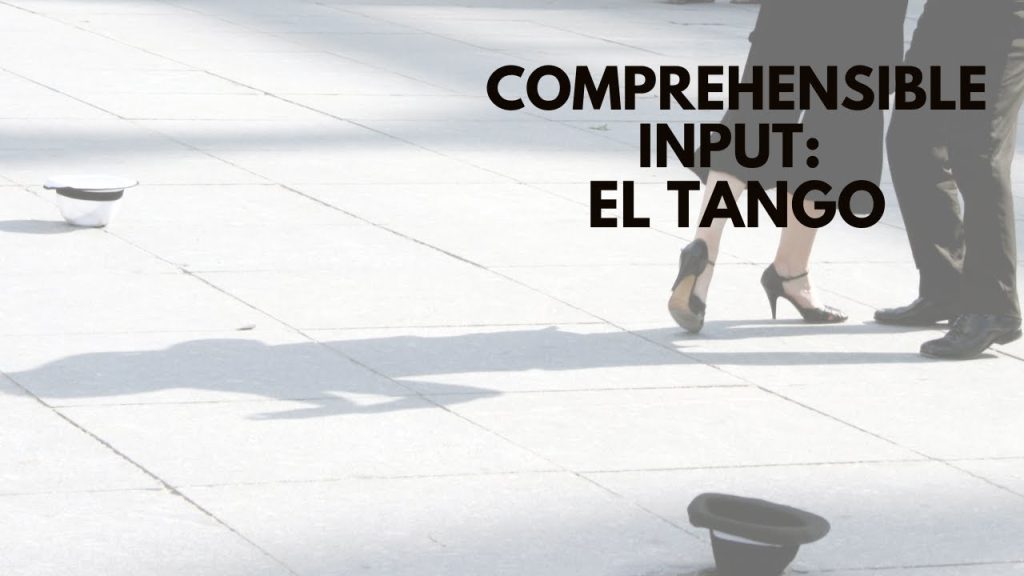
This article is based on a short comprehensible input presentation about El Barrio de las Letras. If you want a clear, listen-and-read lesson on Madrid’s literary quarter, this post breaks down the key facts, offers useful vocabulary and phrases for learners, and includes quick grammar points to help you understand the Spanish used in the original video. Comprehensible Input Spanish: El Barrio de las Letras appears throughout this article to help you find this resource again.
Overview: What is El Barrio de las Letras?
El Barrio de las Letras was an area of Madrid where the country’s most famous writers lived. Today it remains a lively meeting point where both tourists and Spaniards go to enjoy the history and atmosphere. The neighbourhood is compact and full of literary references — quotes on the pavements, plaques on buildings and museums nearby.
Plaza de Santa Ana: history and highlights
The presentation highlights the Plaza de Santa Ana as a place with a rich history. Two important institutions are located here: the Real Academia Española and the Teatro Real. The plaza gets its name from a convent (el convento) — and the video mentions that there are currently 23 nuns living there. Today the plaza also has many bars and restaurants, making it a social hub as well as a historical site.
Helpful phrases about the plaza
- La Plaza de Santa Ana tiene una historia rica. — The Plaza de Santa Ana has a rich history.
- La plaza también es un lugar con muchos bares y restaurantes. — The square is also a place with many bars and restaurants.
- La Plaza debe su nombre a un convento. — The square owes its name to a convent.
Famous writers who lived there
The neighbourhood was home to many of the most well-known writers of the Spanish language: playwrights, poets and novelists. The video names several key figures:
- Miguel de Cervantes — author of Don Quijote de la Mancha; the presentation says he had his house there.
- Félix López de Vega — mentioned as a poet and playwright who lived in Cervantes’s house in the narration.
- Luis de Góngora y Argote — a poet born in Córdoba who was also a resident of the barrio.
- Francisco Quevedo — a poet and rival of Góngora; the video describes how Quevedo bought the house and expelled Góngora in 1625.
Useful expressions about people and actions
- vivían allí — they lived there
- tenía su casa — he had his house
- vivía en la casa de Cervantes — he lived in Cervantes’s house
- compró la casa — bought the house
- expulsó a Góngora — expelled Góngora
Spanish transcript (original)
El Barrio de las Letras El Barrio de las Letras era un área de Madrid donde vivían los escritores más famosos del país. El barrio sigue siendo un punto de encuentro famoso en el cual tanto turistas como españoles van para disfrutar de la historia que se encuentra aquí. La Plaza de Santa Ana tiene una historia rica. La Real Academia Española y el Teatro Real están allí. La Plaza de Santa Ana debe su nombre a un convento. Actualmente hay 23 monjas que viven allí. La plaza también es un lugar con muchos bares y restaurantes. Los escritores más conocidos de la lengua española pasaron tiempo allí. Muchos escritores vivieron en ese barrio. Muchos escritores han sido entre los dramaturgos, poetas y autores más famosos de la lengua española. Miguel de Cervantes, autor de Don Quijote de la Mancha, tenía su casa allí. Félix López de Vega, poeta, dramaturgo y escritor de miles de obras, vivía en la casa de Cervantes. Luis de Góngora y Argote, poeta que nació en Córdoba, también era residente del barrio. Francisco Quevedo, poeta y rival de Góngora, compró la casa y expulsó a Góngora en 1625.
Key vocabulary for learners
- El barrio — neighbourhood
- La plaza — square
- El convento — convent
- Las monjas — nuns
- Los escritores — writers
- El dramaturgo / la dramaturga — playwright
- El poeta / la poeta — poet
- Expulsar — to expel
- Vivir — to live
- Tenía (tener) — he/she had (imperfect)
- Compró (comprar) — he/she bought (preterite)
Quick grammar points
The short presentation gives good examples of imperfect vs preterite:
- Era / vivían / vivía (imperfect) — used to describe ongoing or habitual states in the past (El Barrio de las Letras era un área…; donde vivían los escritores).
- Compró / expulsó (preterite) — used for completed actions (Quevedo compró la casa y expulsó a Góngora).
Practice questions (useful for learners)
- ¿Dónde queda el Barrio de las Letras? — Where is the Barrio de las Letras located?
- What are two famous places mentioned in the Barrio de las Letras?
- Why does the plaza have its name? (¿Por qué piensas que el barrio lleva ese nombre?)
- How many nuns live in the convent today? (¿Cuántas monjas viven en el convento?)
- Which writers lived there and what happened between Góngora and Quevedo?
Conclusion
The Barrio de las Letras is a small but historically rich area of Madrid that brings literature to the streets. This comprehensible input piece keeps language simple and repetitive so learners can notice vocabulary and grammar naturally. If you practise the key phrases, review the Spanish transcript above, and answer the practice questions, you’ll get better at recognising imperfect and preterite forms and at talking about places and people in Spanish. Comprehensible Input Spanish: El Barrio de las Letras is a great starting point for building both cultural knowledge and language skills.

